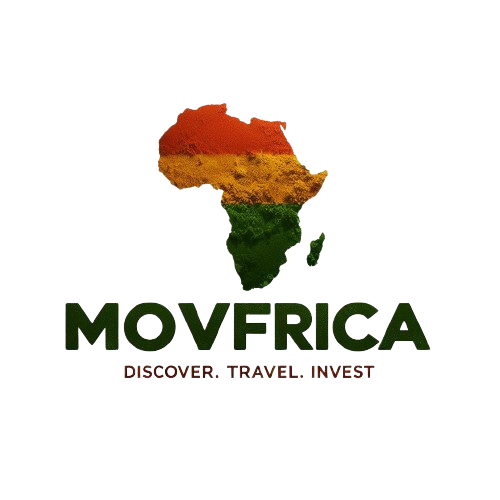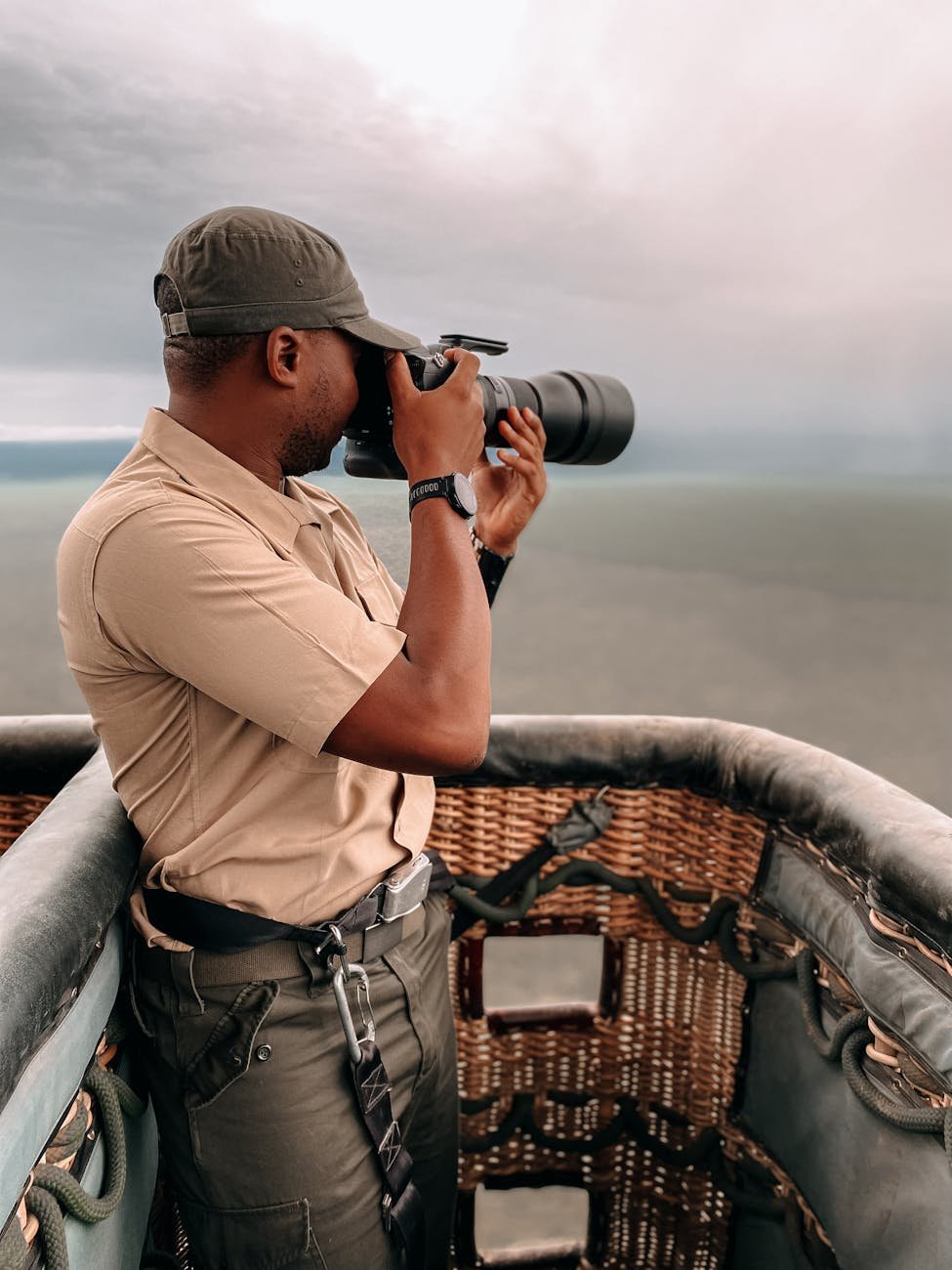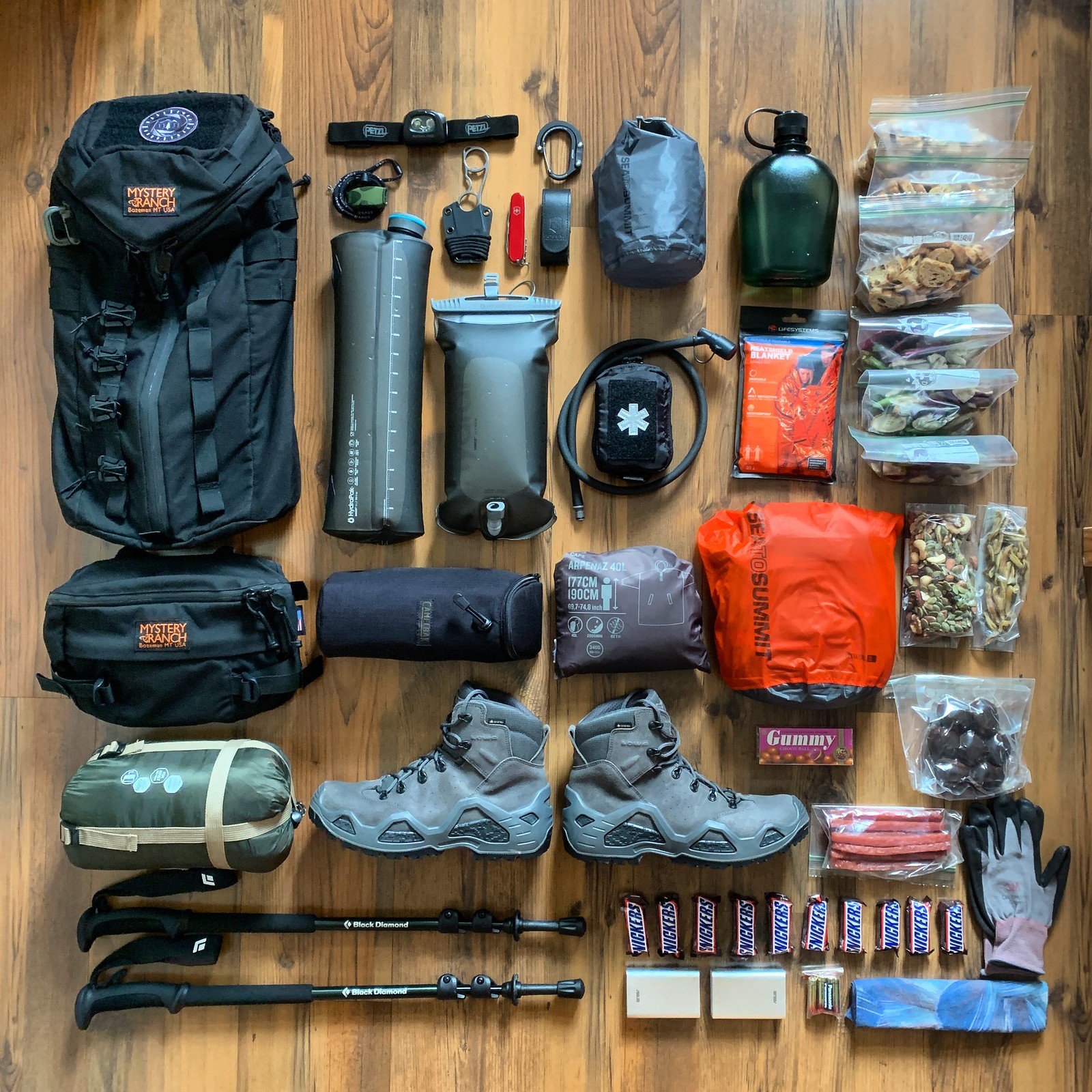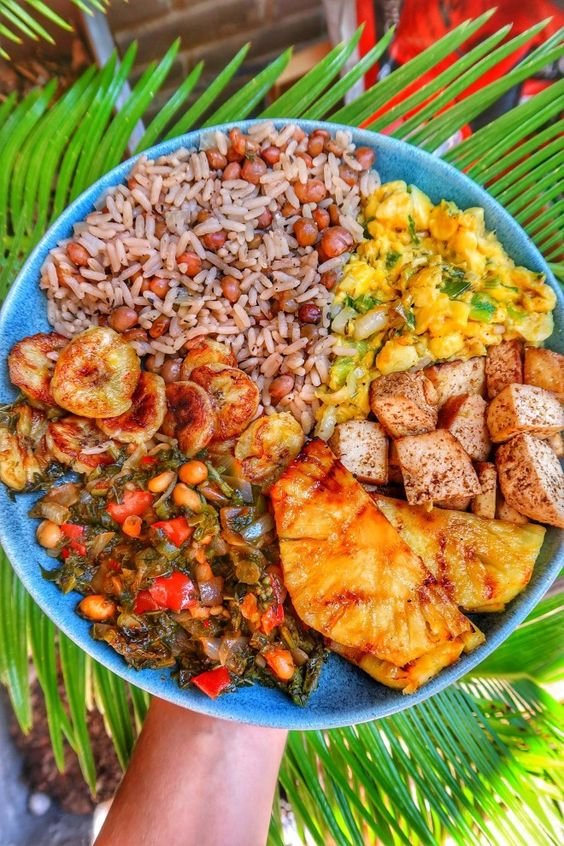Tanzania, renowned for its breathtaking landscapes, rich cultural heritage, and iconic wildlife, is poised for a global tourism takeover. To achieve this, a comprehensive 360° marketing strategy is essential. This holistic approach leverages multiple channels and touchpoints to create a cohesive and compelling brand narrative. Here, we explore how Tanzania can harness 360° marketing to enhance its global tourism appeal.
Understanding 360° Marketing
Definition and Components
360° marketing is an integrated strategy that employs various marketing channels and techniques to deliver a unified message. It encompasses digital marketing, social media, traditional advertising, public relations, and experiential marketing. The goal is to engage potential tourists at every possible touchpoint, ensuring consistent and persuasive communication.
Benefits for Tourism
For the tourism sector, 360° marketing offers numerous benefits:
- Increased Reach: By using multiple platforms, Tanzania can reach a broader and more diverse audience.
- Enhanced Engagement: Engaging content across different media increases the likelihood of capturing the interest of potential travelers.
- Consistent Messaging: A unified brand message strengthens brand identity and recognition.
Digital Marketing: The Core of 360° Strategy
Social Media Campaigns
Social media platforms like Facebook, Instagram, Twitter, and TikTok are crucial for showcasing Tanzania’s attractions. High-quality visuals, engaging stories, and interactive content can captivate global audiences. Influencer partnerships and user-generated content further amplify reach and authenticity.
Search Engine Optimization (SEO)
Optimizing content for search engines ensures that Tanzania appears prominently in search results for key travel-related queries. This involves using relevant keywords, creating valuable content, and building backlinks from reputable sites.
Email Marketing
Personalized email campaigns can nurture potential tourists by providing them with tailored information about destinations, travel packages, and special offers. Regular newsletters keep Tanzania top-of-mind for subscribers.
Traditional Advertising
Print Media
Despite the rise of digital media, print advertising in travel magazines, brochures, and newspapers remains effective. These materials can target specific demographics and regions, offering tangible content that potential travelers can keep and refer to.
Television and Radio
Broadcast media can reach large audiences and create a strong emotional connection through visual and auditory storytelling. High-quality TV commercials and radio spots can highlight Tanzania’s unique attractions and evoke a desire to visit.
Building Credibility and Awareness
Press Releases and Media Coverage
Strategic press releases and media engagements can generate positive coverage in global travel publications and news outlets. Hosting press trips for journalists and influencers allows them to experience Tanzania firsthand and share authentic stories with their audiences.
Partnerships and Sponsorships
Collaborating with international brands, travel agencies, and events can boost Tanzania’s visibility and credibility. Sponsorship of major events like travel expos and cultural festivals positions Tanzania as a premier travel destination.
Experiential Marketing
Travel Fairs and Expos
Participating in global travel fairs and expos allows Tanzania to showcase its attractions directly to potential tourists. Interactive booths, virtual reality experiences, and cultural performances can leave a lasting impression.
On-Ground Events
Organizing events such as cultural festivals, safari tours, and adventure challenges in Tanzania attracts international visitors and generates buzz. These events offer immersive experiences that highlight the country’s diverse offerings.









Leave a Reply